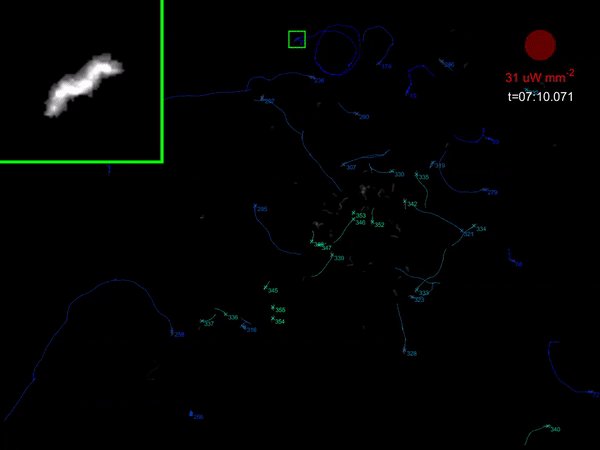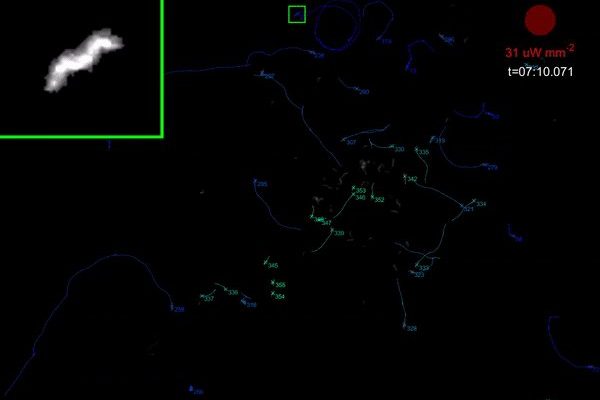
Using remote field cameras can be a game-changer. Brands like Bushnell or Browning offer cameras that can capture high-definition videos and images, even in low light. These devices let you study grindal worms in action, providing insights that can help in aquaculture or simply enrich your understanding of these interesting invertebrates. So grab your coffee, and let’s dive deep into how to document the behavior of grindal worms using field cameras!
Choosing the Right Field Camera
When it comes to selecting a field camera for documenting grindal worms, you’ll want to keep a few key features in mind. First off, resolution matters. Higher resolution means clearer images, letting you see the subtle movements of these tiny worms. A camera with at least 1080p video quality is a great starting point.
Next on the list is infrared capabilities. Grindal worms are often active at dawn or dusk, so having a night vision feature can help you capture their behavior when the light is low. Look for cameras that offer a good range of night illumination, so you don’t miss out on any action. Here’s a quick rundown of what to consider:
- Resolution: Aim for 1080p or higher.
- Night vision: Ensure it has good infrared capabilities.
- Battery life: Longer life means less time spent on maintenance.
- Durability: The camera should withstand outdoor conditions.
You might be wondering how these features affect your recordings. Imagine missing a critical moment just because your camera couldn’t capture the action in good detail or during twilight. Picking the right camera is crucial for a successful study.
Setting Up Your Field Camera
Now that you’ve chosen your camera, it’s time to set it up. Find a spot where grindal worms are likely to thrive, usually near damp soil or in shaded areas where moisture is abundant. Make sure your camera has a clear view of the habitat but is discreet enough to avoid startling the worms.
When setting up, you’ll need to adjust the camera angle properly. A downward angle can be effective—think of it like watching from above as they wriggle about searching for food. Don’t forget to check the focus settings; a blurred image won’t tell you much about their behavior.
Once you’ve got everything in place, test the camera to ensure it’s capturing footage during the times you want. Many cameras allow you to set a schedule, which can be handy. After you’re all set, you’ll just sit back and wait for the magic to happen.
What to Look for in Grindal Worm Behavior
As you start capturing footage of grindal worms, you might be curious about what specific behaviors to focus on. One interesting aspect is their feeding behavior. Watching how they respond to different food types can be eye-opening. Do they all swarm to the same spot, or is there a hierarchy in their feeding?
Another behavior to observe is their social interaction. Do they seem to congregate in groups, or are they more solitary? This can reveal a lot about their survival strategies and social behaviors. It’s like watching a miniature society unfold right before your eyes!
Additionally, take note of any environmental changes that might affect their behavior. For example, how do they react when you introduce new elements into their habitat? This can give you insight into their adaptability and resilience, which are vital traits for any species.
Analyzing Your Footage
Once you’ve gathered a good amount of footage, it’s time to dive into analysis. Watching hours of video might sound daunting, but breaking it down into chunks can help. Focus on individual behaviors first before looking at patterns. Use notes to jot down any significant observations—this will make it easier to compile your findings later.
You might consider using software or apps that can help with video editing, especially if you want to highlight specific moments. For instance, slowing down footage can give you a better view of feeding habits or social interactions. It’s like being a detective piecing together a story from your observations!
Don’t forget to share your findings with the community. You can help others learn about grindal worms too, and who knows—you might even inspire a new wave of researchers!
Common Challenges and Troubleshooting Tips
As with any project, documenting grindal worm behavior comes with its fair share of challenges. One common issue is battery life. If your camera dies in the middle of capturing footage, you might miss key moments. To avoid this, check the battery level before and during your observation period.
Another challenge is managing weather conditions. Rain and extreme temperatures can affect both your camera and the worms. Make sure your camera is properly secured and sheltered from harsh weather. Using a waterproof case can be a simple solution.
Sometimes, you might find your footage is unclear or shaky. This can happen if the camera wasn’t secured well or if it was placed too close to the action. Experimenting with placements can help you figure out the best angle and distance for clarity.
Ethical Considerations in Observing Grindal Worms
While documenting animal behavior is fascinating, it’s essential to keep ethical considerations in mind. When observing grindal worms, try not to disturb their natural habitat. Set up the camera in a way that minimizes your presence, as much as possible, to avoid affecting their behavior.
Additionally, if you’re planning to share your footage or findings, be sure to respect the environments where you recorded. Sharing knowledge is great, but it’s also crucial to protect these delicate ecosystems.
Think of it like being a nature journalist—you want to report on the happenings but respect the storylines of the creatures involved. Keeping a gentle hand in your observations ensures that both you and the grindal worms can thrive.
Final Thoughts on Documenting Grindal Worm Behavior
Documenting the behavior of grindal worms using field cameras is an incredible journey into a hidden world. With the right equipment, setup, and a keen eye for detail, you can uncover the mysteries of these tiny creatures. From their feeding habits to social interactions, every observation brings you closer to understanding their role in the ecosystem.
Remember, patience is key! It may take time to see the behaviors you’re curious about, but each moment spent in observation is a step toward discovery. So grab your camera, head out, and let the grindal worms show you their world. You might just find something amazing!

